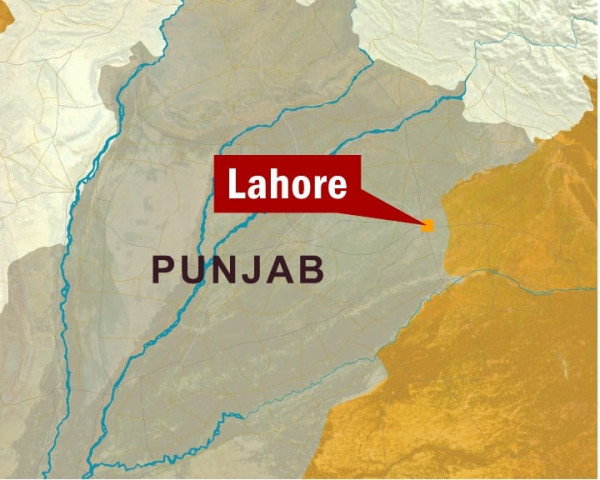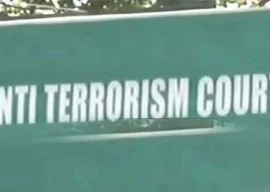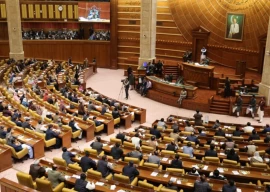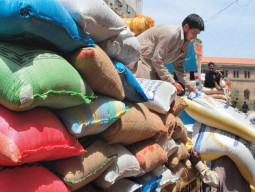
The city government’s Public Health Department has launched a campaign to kill nearly 5,000 dogs in the district. Officials say that the risk to public health from stray dogs increases in the summer.
The campaign will consist of three separate four-day operations, in each of which the city government estimates it will kill around 1,500 dogs. The first four-day drive began on Monday.
Data Ganj Bakhsh Town health inspector Rajab Ali Shah said that that a team of eight people travelled in a van looking for dogs. These included army men who would shoot the dogs.
“They miss once in a while but they are typically very good,” said Shah. “There are a lot of dogs in the katchi abadi areas and the bushes in areas like GOR.”
The Solid Waste Management department then removes the bodies.
“The dog concentration increases when the summers come,” said District Officer (Public Health) Dr Tariq Ramzan. He said this was because in the summer, the stray dogs’ resting places became hotter, so they spent more time roaming around. This increased the likelihood that they would come into contact with humans and spread disease.
Dr Ramzan said that typically, stray dogs or non-vaccinated dogs had developed informal homes in areas where people would feed them. He said rabies was the biggest danger from stray dogs.
Even if citizens got a minor scratch or bite from a stray dog, they should immediately go to the nearest hospital to get the new rabies vaccine. He said that all government hospitals and dispensaries had been provided with a supply of the new vaccine.
Last year, 27,576 stray dogs were killed in Lahore. This century, the highest number of dogs killed in one year in Lahore was 34,942 in 2005. The lowest was 8,146 in 2002.
Published in The Express Tribune, May 4th, 2011.


















COMMENTS
Comments are moderated and generally will be posted if they are on-topic and not abusive.
For more information, please see our Comments FAQ